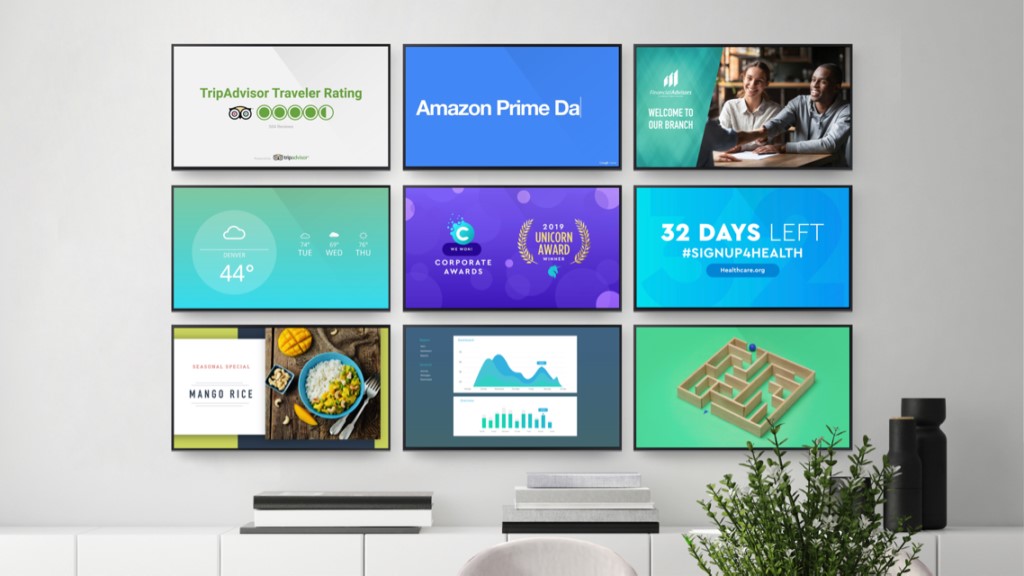It has never been more exciting than it is today for marketers, due to the increased use of internet services and social media marketing. In the past, they were dependent on generalized information, obtained through surveys conducted by 3rd parties. By the time the results were compiled and shared, the outcome would already be stale.
But imagine if you could learn about not only the success of a campaign but also useful audience insights. Providers can not only market services like Altice One Optimum but also learn why audiences prefer it over other offerings. Read on to discover how to make your business a more social firm.
7 Reasons Your Brand Needs to Be More Social
Today, social media is the biggest tool in the hands of marketers because it has allowed businesses to target individual customers and capture real-time reactions. If applied right, it can do wonders for your business. Simultaneously, if applied wrongly would leave equally devastating results. In this article, we will discuss the 7 best ways of employing social media platforms for a successful business.
Know Your Customers
It is very important to know your customers and the platforms that you’ll find them. It has never been easier than it is today to target your audience directly, by knowing exactly where to find them. For example, if I’m marketing a product for young mothers but I’m putting my resources towards such platforms that cater to 40+ women, no matter how popular they are. I’m not likely to have a success rate since my target audience for the campaign is off the mark.
If you are targeting teenagers or young adults but you are ignoring Instagram, Vibes, or Twitter. You will still miss your target audience.
With search engine advertisement, there’s a flood of the right websites, blogs, vlogs to target.
Be Organised and Set Timely Targets
It’s very important to be organized. Your campaign should be very well defined with clear objectives and a strategy for achieving them. Each campaign must have its timelines and a pathway to achieve the objectives. The content and resources required should be allocated and ready. Since most of the social media and search engine platforms offer calendars and scheduling apps. The content should be uploaded ready with hashtags and keywords, with the date and time set to be posted as per the predefined timeline. This is important to ensure that there are no surprises, hiccups, or dull periods of no engagement with the target audience, once the campaign starts.
Keep Customers Engaged
Whether the objective of your marketing campaign is Benchmarking or Continuous improvement. Whether it is to showcase your product or to ensure customer loyalty. You must keep the customer engaged, not only by bombarding them with product showcasing or product knowledge. instead, the aim must be to engage the customer by getting their reaction. At this stage, it is very crucial to respond to customer engagement.
Customers expect a real-time engagement, a 42 hours response policy would mean that your customer has already moved on to another product.
Set Clear Goals and Outcomes
Clear goals are a must for the success of any campaign. The first thing that must be decided is the business Objective, campaign goal, and the metrics to back it up. If your business objective is the growth of the brand. Your campaign objective should show it.
You should aim to promote your existing and new products within the brand. Try not to promote too many brands or products in the same campaign. It will confuse the audience, and they will lose interest.
Your message should be clear and precise. The metrics should be to gain followers, shares or positive comments, etc.
Try Not to Oversell
Marketers believe that when you try to oversell on social media, you will lose your audience because they will be bored of seeing the promotional content every time.
The rule is one-in-seven. It means that for every single promotional content, there should be six non-promotional but engaging content.
The non-promotional content can be an article that you share, a comment on some current event, or even a survey/poll, etc.
Keep a Close Eye on Analytics
Every platform offers an analysis of your social media footprint, activities, and campaigns. Make use of these analytics, find out who is connecting with you, which platform are they using. Which campaign is more successful and on which platform, if you’re using multiple platforms? Improve on what isn’t working and do more of what is. Try to add videos to your content as they engage the most.
Observe Your Competition
You can learn a lot from your competition. Some of the major platforms allow you to set your competition or check what they are doing on the net including social media. Get ideas from them, and make your content interesting.
There is no harm to add a bit of fun to the content. Maybe a funny clip or hilarious recent news. Be careful to not overdo it, though. You will lose the integrity of your business account if you overdo such videos.

